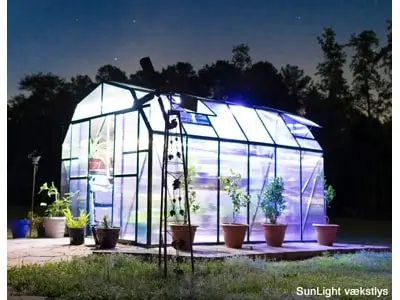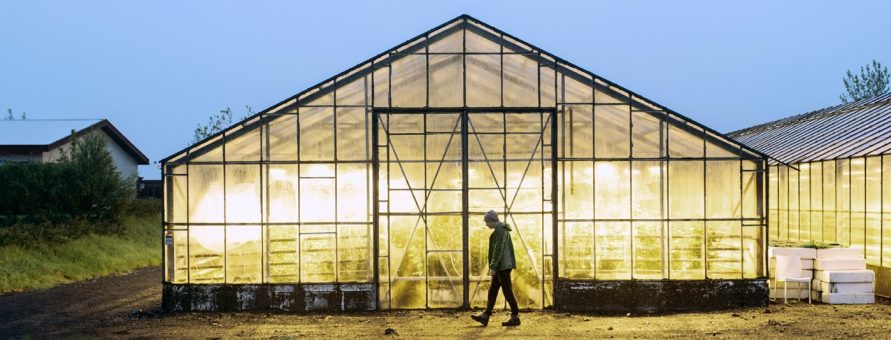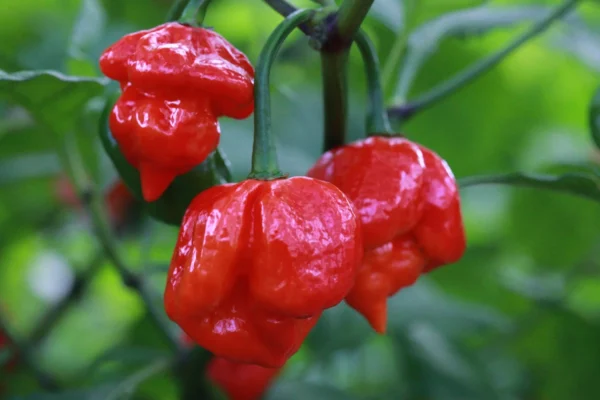Table of contents
ToggleWhy should you choose grow lights for greenhouses or conservatories and orangeries?
Grow lights for greenhouse or conservatory and orangery is a must-have for you who want the best conditions for your indoor plants. Everyone who has tried to grow plants knows that, for example,or getting your plants to thrive and bloom beautifully in your greenhouse or conservatory requires special care.
This requires, among other things, suitable temperatures and high enough brightness to drive photosynthesis in the plants. If your plants are not getting the sufficient amount of sunlight, it is important to choose the right grow light so that you get the most growth possible.
When choosing the right one grow lights it can compliment the natural lighting you have in the greenhouse, thereby creating the best light conditions for your plants.
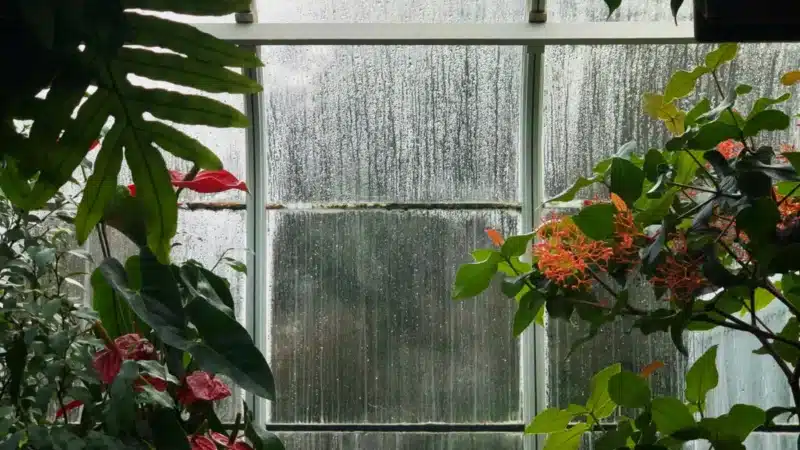
Artificial Plant Light is the best solution for a greenhouse and or conservatory that stands in a place where there is an insufficient amount of sunlight for longer periods. This may be because the greenhouse is in the shade. It may also be that you want to increase growth by extending the time the plants receive enough light. The early spring months in Denmark can be a challenge for the plants' light needs, due to the few hours of daylight a day. Therefore, kstrangely plant lights may be the solution you need. But how much light do plants really need?
Many studies have revealed that plants benefit greatly from receiving supplemental light to achieve maximum growth and utilization of minerals and fertilizers. Therefore, grow lights are one of the must-have greenhouse accessories that all serious hobby or professional gardeners should invest in.
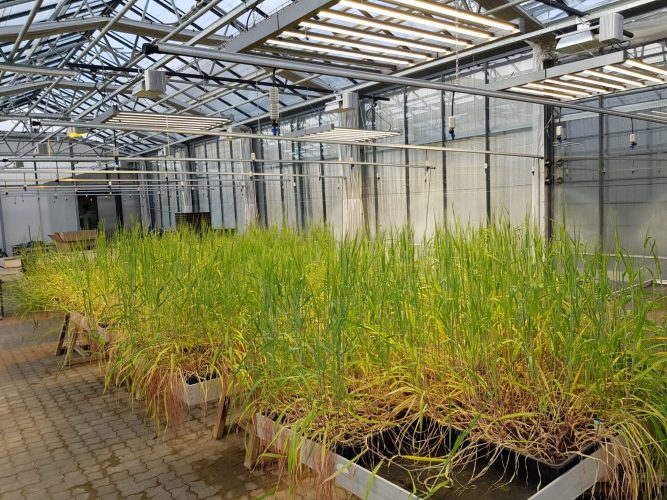
LED grow light as a better alternative to the incandescent lamp
You may have considered implementing incandescent lamps in your greenhouse or conservatory? Light bulbs are one of the cheapest alternatives as an initial investment. But you must be extremely aware of the distance of the incandescent lamp to the plants.
Incandescent lamps must be placed far from the plants, as they emit too much heat radiation, which can burn the plants and cause great damage. In addition, incandescent lamps have a very short average lifetime, down to only around 1,000 hours.
Due to the high heat of the incandescent lamp, it only works well for a limited number of specific plant species. These plant species must be able to withstand a high amount of heat radiation, and it is therefore typically limited to desert plants of incandescent bulbs have a positive effect.
But with LED grow lights, you don't have to worry about burning your plants or about only having a limited number of plant species you can use it for, LED grow lights are super effective at increasing the growth of almost all plant species, they even work on algae.
The different types of grow lights
In order to choose the right type of grow light for your needs, you should first know a little more about all the different types of grow lights available for greenhouses. The different types can either be used alone or combined to get the best performance.
- T-5 full spectrum tube can provide high efficiency and performance. They usually use less power than conventional fluorescent tubes, and have an average lifespan of up to 25,000 hours. T-5 full spectrum tube contains Mercury.
- Energy saving bulbs and fluorescent tubes are cheap and efficient, and have a relatively long life. But the light spectrum is not particularly suitable for plants and such they also contain mercury, which together with the heat from the energy saving bulb can be a very dangerous combination.
- HID or high intensity discharge lamps can provide the efficiency you need, especially when you plan to plant over a large area. HID lamps must be installed with a good distance from the plants, as they may have too much heat radiation for the plants. There are two types of HID bulbs, high pressure sodium and metal halide.
- High pressure sodium lamps gives off a strong orange-yellow light and also contains mercury. That type of light is best for speeding up flowering and germination.
- The metal halide is, on the other hand, a bluish-white light that stimulates plant growth.
- LED Grow Light have now become so cheap to buy and have such a high efficiency that it is superior to all other lamps in performance.
Grow light for greenhouse or conservatory
Light emitting diodes or LED lights are the latest and most efficient in grow lights, and LED seems to have already surpassed the other types of grow lights both in terms of performance, energy efficiency and longevity.
- LED grow lights comes in both blue and red colors, or as full-spectrum grow light
- LEDs are also easy to install and use. LED grow lights typically have a 30% lower energy consumption compared to fluorescent tubes. You also avoid that the plants are damaged by the heat emission emitted by incandescent bulbs or metal halide.
- In addition, LED grow lights have a much longer lifespan and a much lower energy consumption, which means that in the long run they are a much better investment than conventional lamps.
- So even though the purchase costs are relatively high, LEDs pay for themselves quickly, both because they are cheaper in electricity but also because it takes much longer before they have to be replaced. All in all, LED grow lights will probably be the best solution for you and your plants!
Grow lights provide growth all year round
Grow lights or supplemental lights are strictly necessary if plants are to be grown in all seasons, i.e. both spring, summer, autumn and winter. INespecially in the dark Danish winter, it is important to have extra plant light in the greenhouse to keep the plants alive.
Having a plant lamp is the best way to provide constant and healthy lighting for overwintering plants. It can be combined with a timer and light sensor so that it turns on when the plant does not get enough light from daylight, that's smart!
If you are in doubt about which lamp to choose, or need other help, you are always welcome to contact us here.
FAQ - Frequently Asked Questions
The "best" grow light depends on your specific needs, including plant type, growing area and budget. In general, LED grow lights are considered the best choice for most growing environments due to their energy efficiency, long lifespan, and ability to adapt the light spectrum to the plant's growth stages. They offer a balance between cost-effectiveness and optimal plant growth, making them a preferred solution for both hobbyists and professional growers.
Plants that are good for orangeries typically include species that thrive in a sheltered, sunny environment with a stable temperature. Citrus plants such as oranges, lemons and limes are classic choices as they require plenty of light and warmth. Mediterranean plants such as olive trees, fig trees and palms can also thrive as they are accustomed to heat and can adapt to the temperature fluctuations that occur in an orangery. These plants not only add an aesthetic element to the space, but can also produce fruit.
The power consumption of grow lights depends on the type and wattage.
LED grow lights are often the most energy efficient, using around 20-50 watts per square metre. Remember, total power usage will increase with the number of lights and hours they are switched on daily.
Place the grow lights close above your plants. Typically between 30 to 60 cm apart. Make sure they are switched on for 12 to 18 hours a day to mimic natural sunlight.
Adjust the height as the plants grow to avoid damage.


